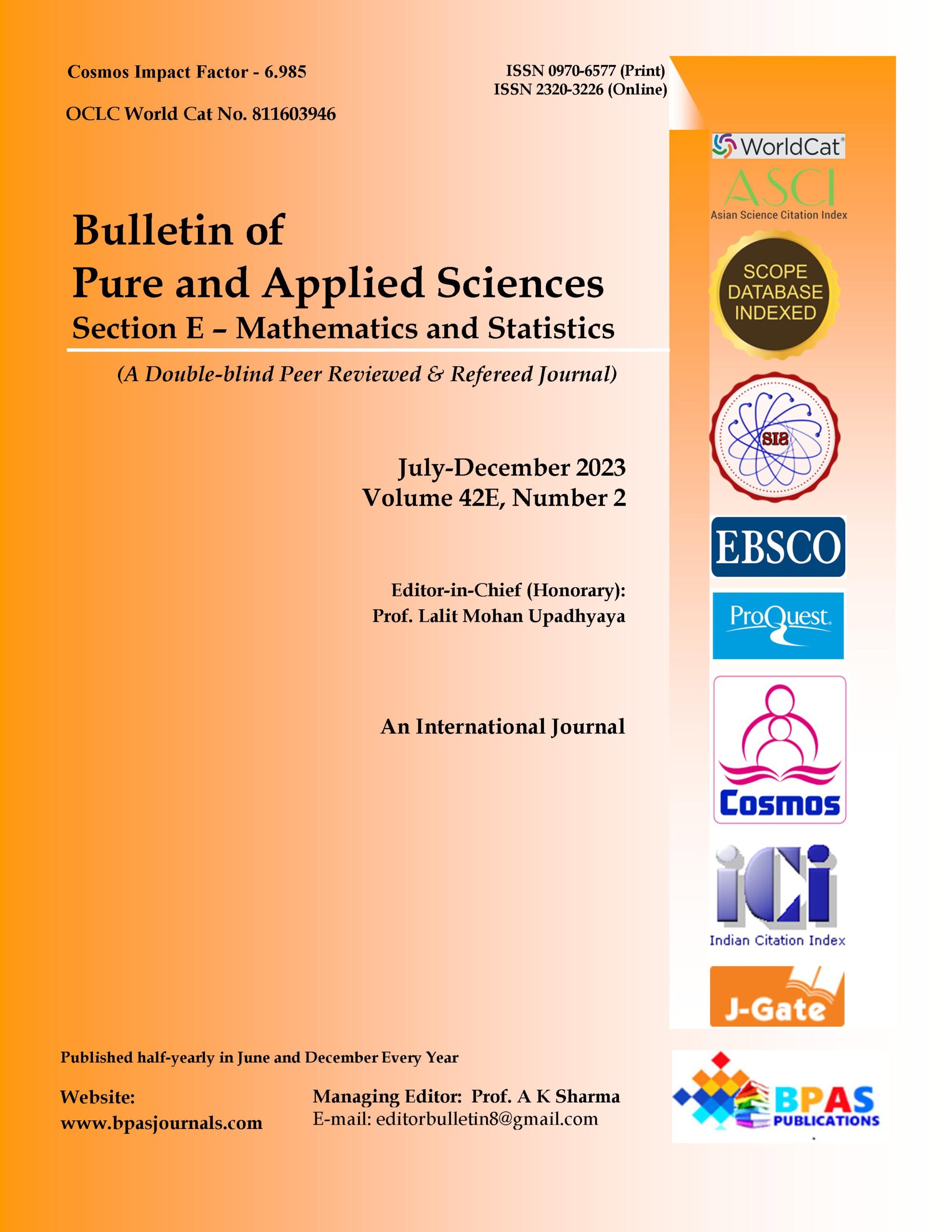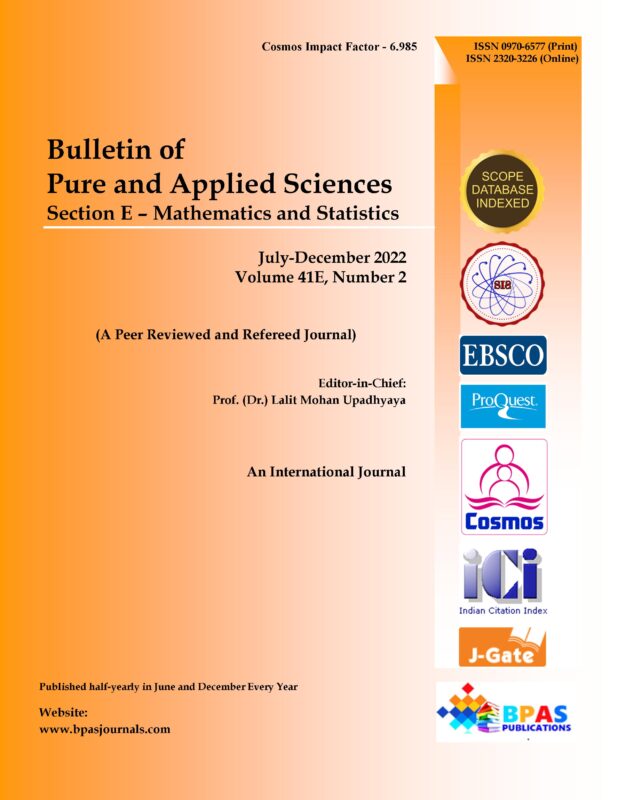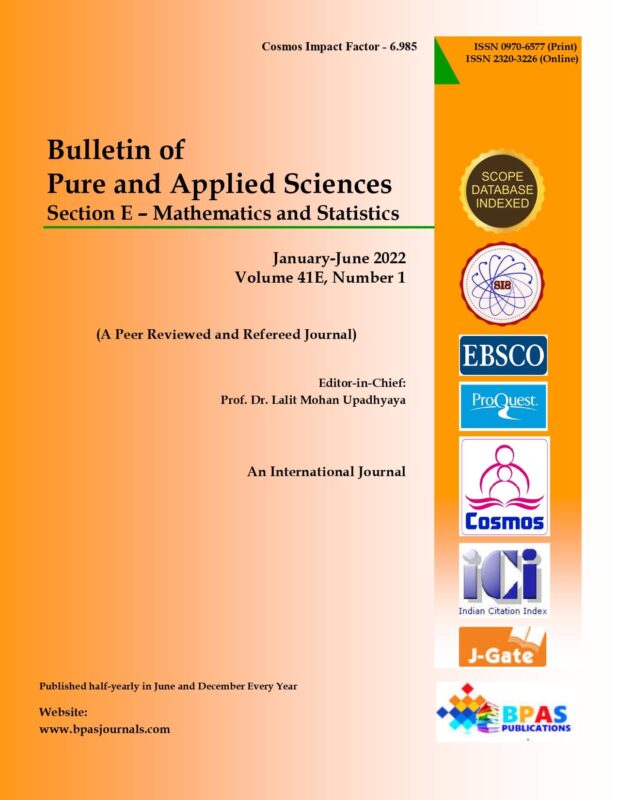Possible regression models for the municipal finances of the municipal corporations of various Indian states II
9.38$
A. Sathyavathi1, Lalit Mohan Upadhyaya2,† and Sudhanshu Aggarwal3
Bull. Pure Appl. Sci. Sect. E Math. Stat.
42E(2), 143–179 (2023)
e-ISSN:2320-3226, Print ISSN:0970-6577
DOI 10.48165/bpas.2023.42E.2.5
Description
A. Sathyavathi1, Lalit Mohan Upadhyaya2,† and Sudhanshu Aggarwal3
1. Department of Commerce, Government First Grade College,
Jayanagar, Bangalore, Karnataka-560070, India.
2. Department of Mathematics, Municipal Post Graduate College,
Mussoorie, Dehradun, Uttarakhand -248179, India.
3. Department of Mathematics, National Post Graduate College,
Barhalganj, Gorakhpur, Uttar Pradesh-273402, India.
1. E-mail: sathyashivram@yahoo.com , wannalive19@gmail.com
2. E-mail: lmupadhyaya@rediffmail.com , hetchres@gmail.com
3. E-mail: sudhanshu30187@gmail.com
∗ Communicated, edited and typeset in Latex by Jyotindra C. Prajapati (Editor).
Received March 24, 2023 / Revised November 26, 2023 / Accepted November 30, 2023. Online First
Published on December 25, 2023 at https://www.bpasjournals.com/.
† Corresponding author Lalit Mohan Upadhyaya, E-mail: lmupadhyaya@rediffmail.com,
hetchres@gmail.com



